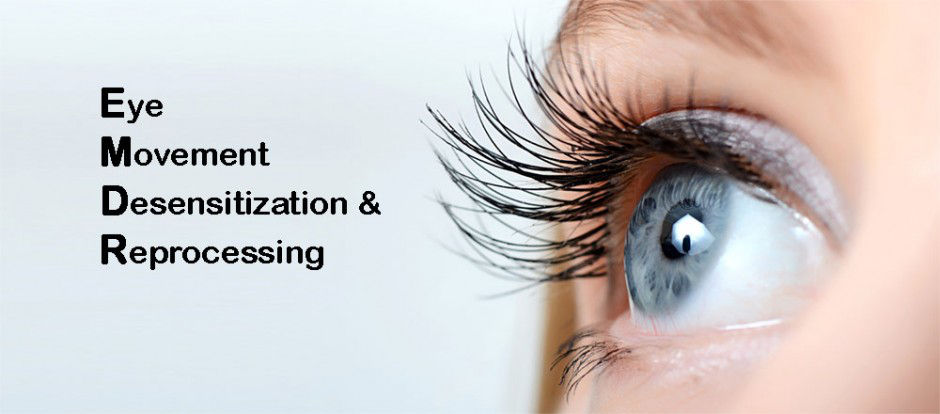
Eye Movement Desensitization and Reprocessing is a psychotherapy technique used to treat anxiety, PTSD, and more. This technique is known as EMDR therapy.
In 1987 psychologist Francine Shapiro developed a new type of psychotherapy known as EMDR, which stands for Eye Movement Desensitization and Reprocessing. EMDR therapy has become a more common treatment in recent years as a treatment option for people suffering from anxiety, panic, PTSD, or trauma.
According to the EMDR Research Foundation, “EMDR is an integrative psychotherapy approach that has been extensively researched and proven effective for the treatment of trauma. EMDR therapy includes a set of standardized protocols that incorporate elements from several different treatment approaches.
To date, EMDR has helped millions of people of all ages relieve many types of psychological stress.


What is EMDR?
EMDR therapy is a phased, focused approach to treating traumatic and other symptoms by reconnecting the client in a safe and measured way to the images, self-thoughts, emotions, and body sensations associated with the trauma, and allowing the natural healing powers of the brain to move toward adaptive resolution.
It is based on the idea that symptoms occur when trauma and other negative or challenging experiences overwhelm the brain’s natural ability to heal, and that the healing process can be facilitated and completed through bilateral stimulation while the client is re-experiencing the trauma in the context of the safe environment of the therapist’s office (dual awareness).
EMDR works to disarm belief systems, also known as cognitions, and changes the negative cognition through a series of lateral eye movements, tapping or sound, while the client is asked to create the picture of pain and danger (trauma) that most disturbs them.
Typically, it identifies and addresses traumatic experiences that have overwhelmed the brain’s natural coping capacity, and, as a result, have created traumatic symptoms, such as flashbacks or anxiety, or harmful coping strategies, such as isolating behavior and self-medication with alcohol or drugs.
How Does EMDR Work?
Through EMDR, individuals safely reprocess traumatic information until it is no longer psychologically disruptive to their lives. There are varying phases of treatment and in the initial phase, the individual focuses on a disruptive memory and identifies the negative cognition they hold about themselves associated with that memory. (for example, in dealing with abuse, the person may believe, “I deserved it”) the individual then formulates a positive cognition that they would like to have (“I am a worthwhile and good person” or “I am in control of my life.”).
All the sensations and emotions that go along the memory are identified. The individual then reviews the memory while focusing on an external stimulus that creates bilateral stimulation.
Normally, this is done by watching the therapist move two fingers. After each set of bilateral movements, the individual is asked what they focused on during the stimulation. This process continues until the memory is no longer disturbing to the individual. The individual is processing the trauma. The selected positive belief is then installed, via bilateral stimulation, to replace the negative belief.
It is theorized that EMDR works because the “bilateral stimulation” bypasses the area of the brain that processes the memories that have become stuck due to the trauma. Once memories are stuck it prevents the brain from proper processing and storage of the memory.
During EMDR, individuals process the memory safely which leads to a peaceful resolution. This can result in increased insight regarding both previously disturbing event and the negative beliefs they once held about the original traumatic event.
Who Uses EMDR Therapy?
EMDR therapy has been endorsed by the American Psychiatric Association and the International Society for Traumatic Stress Studies. In addition, it is used by the United States Department of Veterans Affairs, the Department of Defense.
According to the EMDR Research Foundation there are now over 30 gold standard studies documenting the effectiveness of EMDR therapy over the past 30 years with problems such as rape and sexual abuse, combat trauma, childhood trauma and neglect, life threatening accidents, and symptoms such as anxiety, depression, and substance abuse.
Licensed therapists believe that this type of therapy has the ability to heal people who are suffering from all types of trauma. This approach shifts the way we process the presence of the physical, emotional and psychological effects related specifically to a traumatic event. The pain and sense of danger carried within the self after a traumatic event grips the soul with such purchase that it leads into a sense of being in emotional quicksand.
Does EMDR Therapy Work?
According to the EMDR Institute, Inc., some of the studies on this type of therapy show that 84%-90% of single-trauma victims no longer have post-traumatic stress disorder after only three 90-minute sessions.
Another study, funded by the HMO Kaiser Permanente, found that 100% of the single-trauma victims and 77% of multiple trauma victims no longer were diagnosed with PTSD after only six 50-minute sessions. In another study, 77% of combat veterans were free of PTSD in 12 sessions.
What is also different about this type of therapeutic intervention is that the therapist does not conversationally converse with the client while going through the process.
After an EMDR session, clients can experience more vivid dreams, may sleep differently, might feel more sensitive to interactions with others or to external stimuli.

Pairing EMDR Therapy with Other Therapeutic Techniques
EMDR Therapy is not the only form of therapy appropriate for people dealing with anxiety, PTSD, panic, and/or trauma, and just because someone is undergoing EMDR therapy does not mean that that person cannot undergo another form of therapy at the same time. Speak with your therapist about combinations of therapy or therapeutic techniques that might prove most effective.
Cognitive Behavioral Therapy (CBT) is the most common form of therapy. If you are interested in pairing EMDR with other therapeutic techniques, we encourage you to discuss this with one of our therapists during an introductory meeting.
For more information about EMDR Therapy at Foundations Counseling, please schedule an appointment with one of our licensed counselors today.

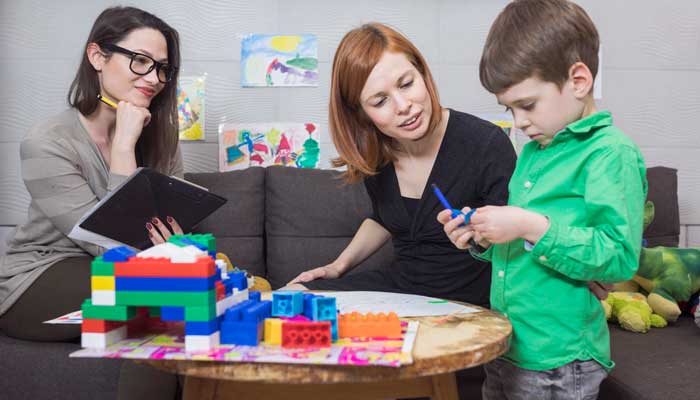
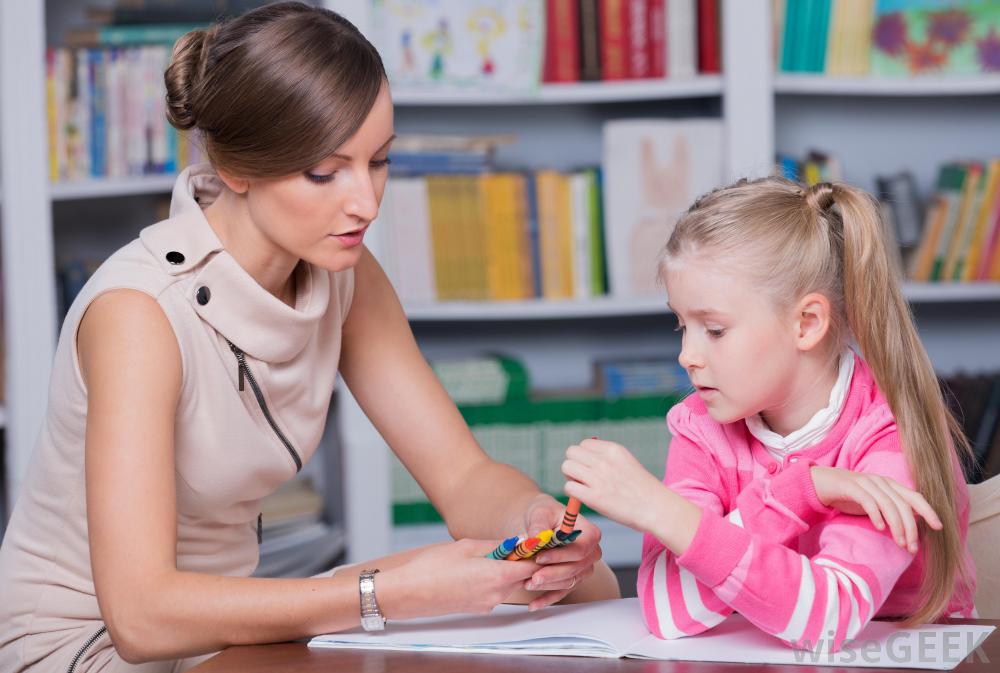




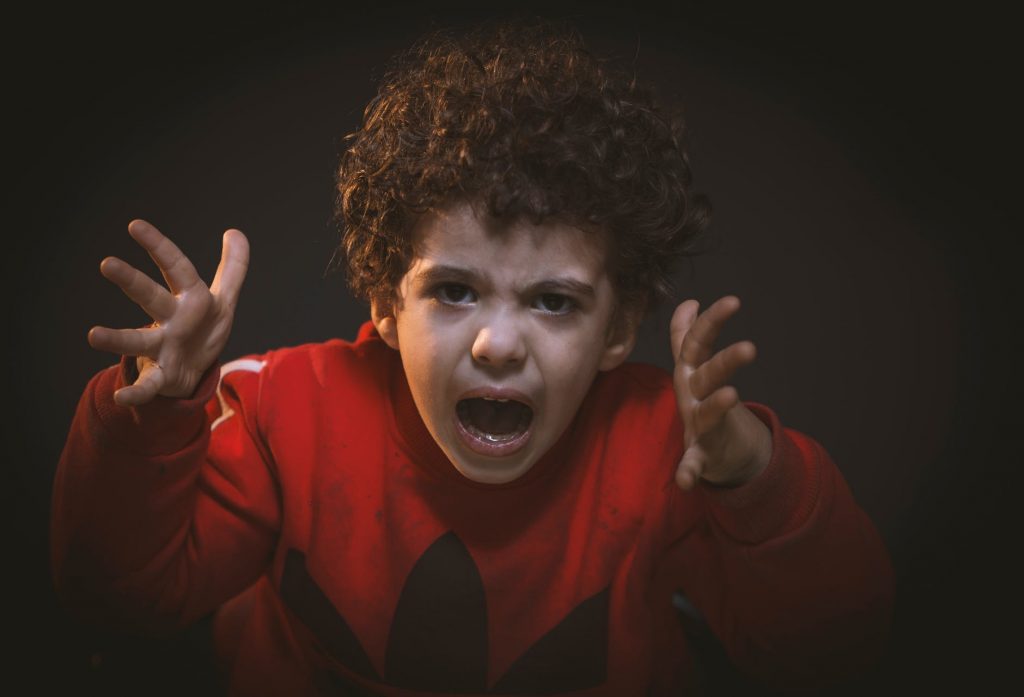
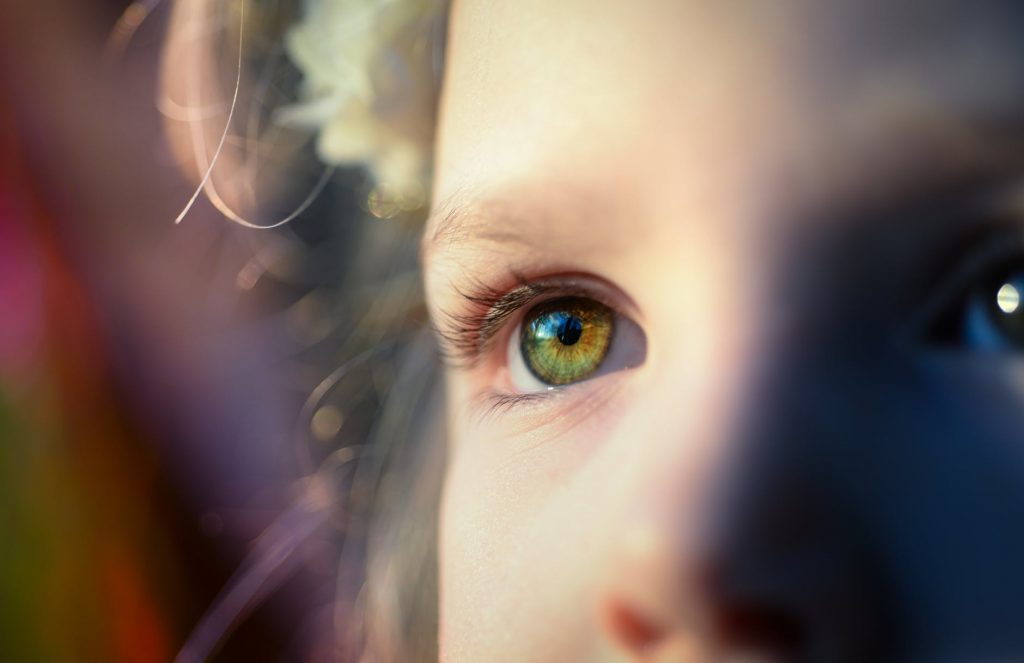

Recent Comments